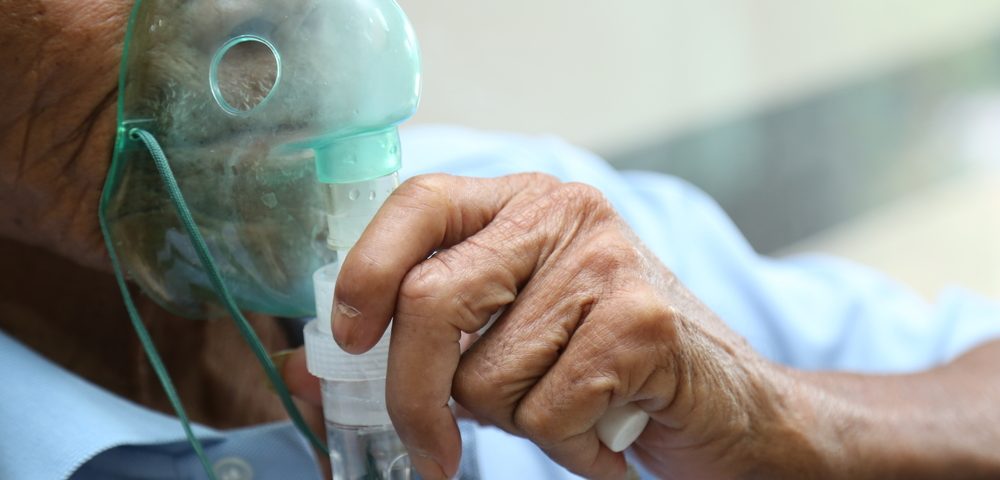A study has found that the number of patients with bronchiectasis who were admitted to hospitals in Spain increased during the past decade. However, that trend is tempered by the finding that bronchiectasis was a secondary diagnosis in most patients, and that the number of admissions for bronchiectasis as a primary cause has actually declined.
The study “Time Trends in Hospital Admissions for Bronchiectasis: Analysis of the Spanish National Hospital Discharge Data (2004 to 2013),” was published in the journal PLoS One. It analyzed discharge data collected from a nationwide cohort of hospitals. The goal was to shed light into the incidence, diagnostic procedures, bronchiectasis-associated diseases, length of hospital stay (LOHS), costs and in-hospital mortality (IHM) for patients with bronchiectasis.
The authors analyzed a group of patients who were admitted to the hospital over a 10-year period with diagnosed bronchiectasis. In total, 282,207 patients were admitted, comprising 70,676 admissions with bronchiectasis as the primary diagnosis at discharge and 211,531 cases of secondary diagnosis of bronchiectasis.
Bronchiectasis was found to be more frequent in men, and the average age of manifestation was significantly increased during the study period. The disease was more common in individuals older than 80.
The authors reported an increase in hospitalizations due to bronchiectasis as a secondary diagnosis. In contrast, the incidence of bronchiectasis as primary disease presented a significant decline over the 10-years.
The rate of occurrence of bronchiectasis-associated diseases also was reported to be increasing. Bacterial infection with Pseudomonas aeruginosa was the most frequent secondary diagnosis, accounting for 12% of admissions.
On the other hand, when bronchiectasis was the secondary diagnosis, 11% of cases presented chronic obstructive pulmonary disease (COPD) as the most frequent primary diagnosis. This result further confirmed the strong correlation thought to exist between bronchiectasis and COPD.
The average of LOHS decreased during the 10-year period. The authors reported that when bronchiectasis was a primary diagnostic, the average LOHS dropped from 10.59 to 9.38 days; while as a secondary diagnosis the average LOHS decreased from 11.19 to 9.51 days. Also, IHM showed a tendency to decrease.
The study also reported that the mean cost per patient decreased in patients with bronchiectasis as primary diagnosis; in contrast, it increased for cases of bronchiectasis as a secondary diagnosis.
“Our results reveal an increase in the incidence of hospital admissions for patients with bronchiectasis as a secondary diagnosis from 2004 to 2013, as opposed to cases of bronchiectasis as the primary diagnosis. Although the average age and comorbidity significantly increased over time, both IHM and average LOHS significantly decreased,” the research team wrote in its report.
Although the authors reported an increase in the number of hospital admissions for patients with bronchiectasis, the reduction of LOHS and IHM indicate the management of bronchiectasis has been improving over time.

